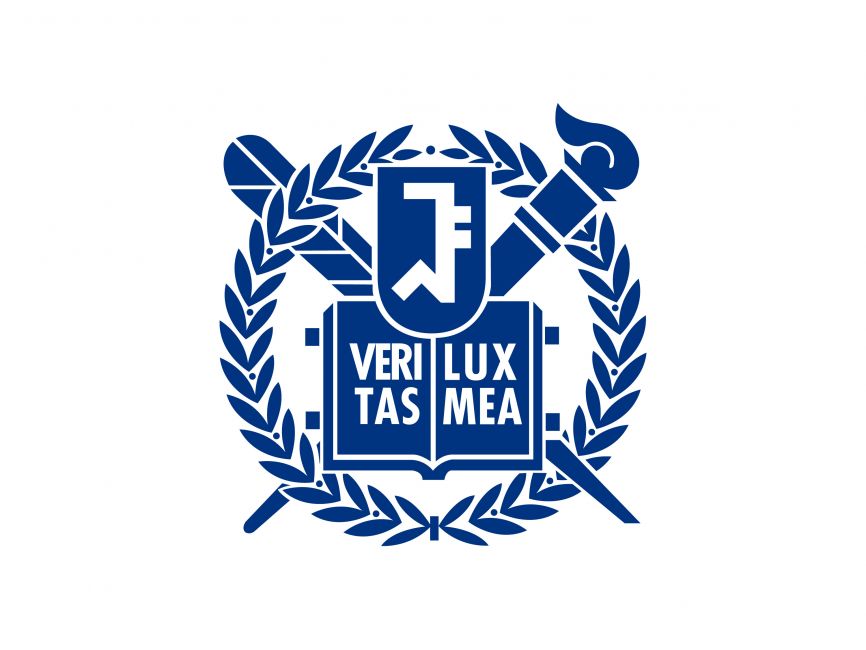Reasoning Paths with Reference Objects Elicit Quantitative Spatial Reasoning in Large Vision-Language Models
Despite recent advances demonstrating vision-language models' (VLMs) abilities to describe complex relationships in images using natural language, their capability to quantitatively reason about object sizes and distances remains underexplored. In this work, we introduce a manually annotated benchmark, Q-Spatial Bench, with 271 questions across five categories designed for quantitative spatial reasoning and systematically investigate the performance of state-of-the-art VLMs on this task. Our analysis reveals that reasoning about distances between objects is particularly challenging for SoTA VLMs; however, some VLMs significantly outperform others, with an over 40-point gap between the two best performing models. We also make the surprising observation that the success rate of the top-performing VLM increases by 19 points when a reasoning path using a reference object emerges naturally in the response. Inspired by this observation, we develop a zero-shot prompting technique, SpatialPrompt, that encourages VLMs to answer quantitative spatial questions using reference objects as visual cues. By instructing VLMs to use reference objects in their reasoning paths via SpatialPrompt, Gemini 1.5 Pro, Gemini 1.5 Flash, and GPT-4V improve their success rates by over 40, 20, and 30 points, respectively. We emphasize that these significant improvements are obtained without needing more data, model architectural modifications, or fine-tuning.



